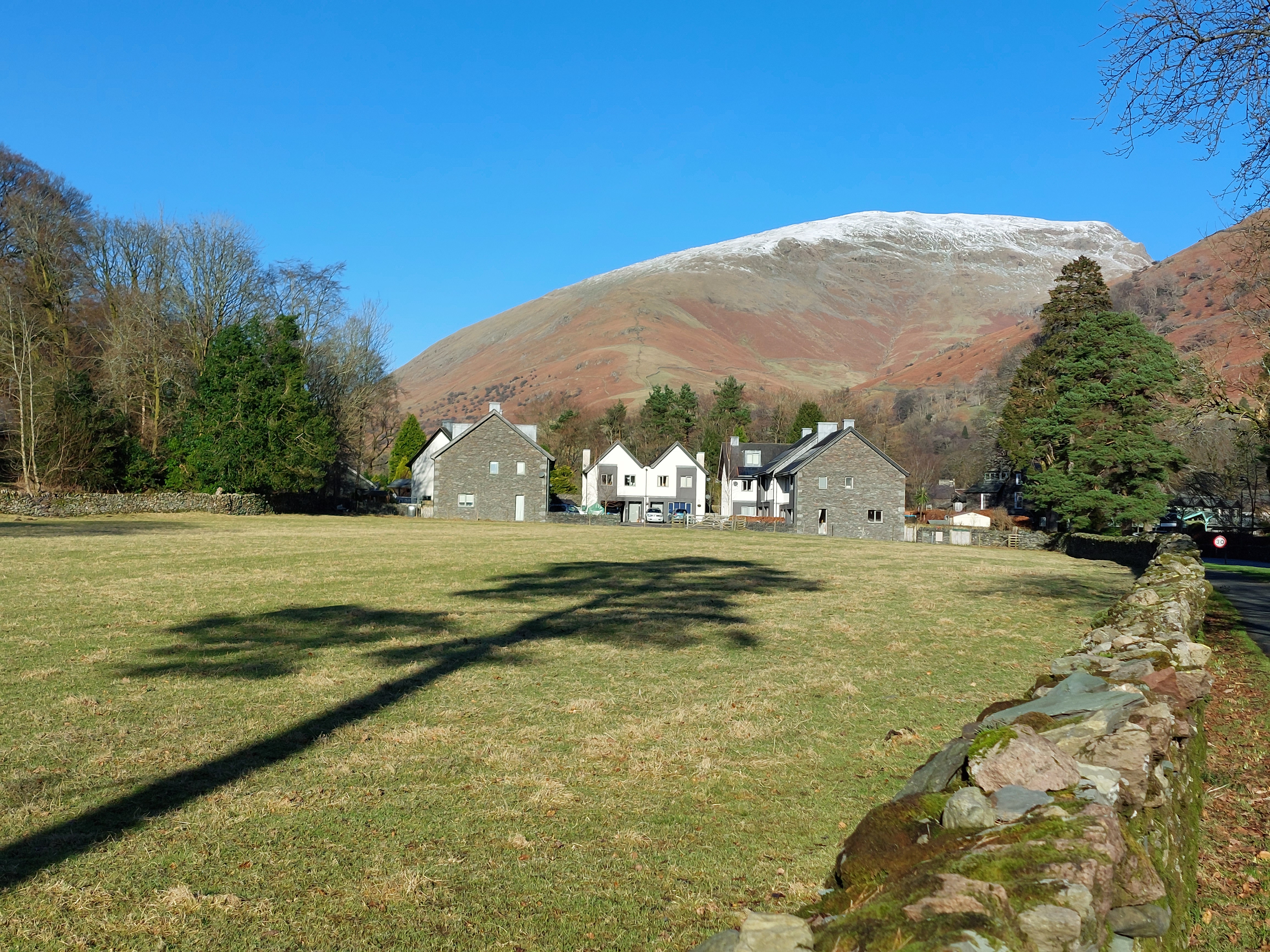
Welcome to the Lake District Design Code Supplementary Planning Document (SPD). A design code sets out a number of design specifications for new developments in a simple, concise and illustrated way that is specific to an area. On this page you can find out about the status of the Design Code as a Supplementary Planning Document, understand how to use the Design Code and learn more about the purpose of the Code.
This SPD was adopted on the 20 September 2023. Supporting its adoption are the following documents:
You can use the design code to help design your development proposal by looking at the different sections of the Code. The Lake District Design Code supports the implementation of the Lake District Local Plan (Local Plan) Policy 05 Protecting the spectacular landscape, Policy 06 Design and Development and Policy 07 Historic Environment.
The code will help deliver more beautiful and sustainable places that function well in terms of accessibility, energy efficiency, biodiversity and carbon neutrality, and provide guidance to homeowners, developers and the local community about what constitutes good design.
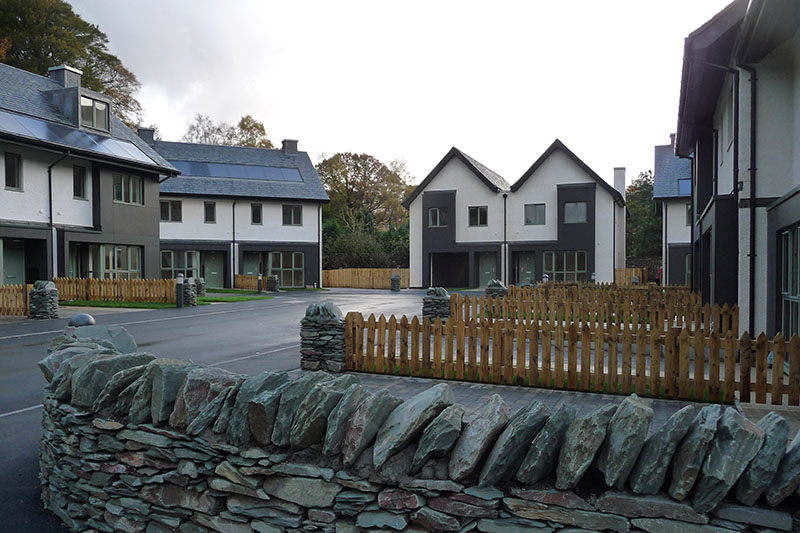
This section of the code applies to new dwellings from a single new house up to 25 new dwellings. Developments of 25 or more dwellings will require a site-specific masterplan which addresses the National Model Design Code and the Lake District design code requirements and guidance. New Homes
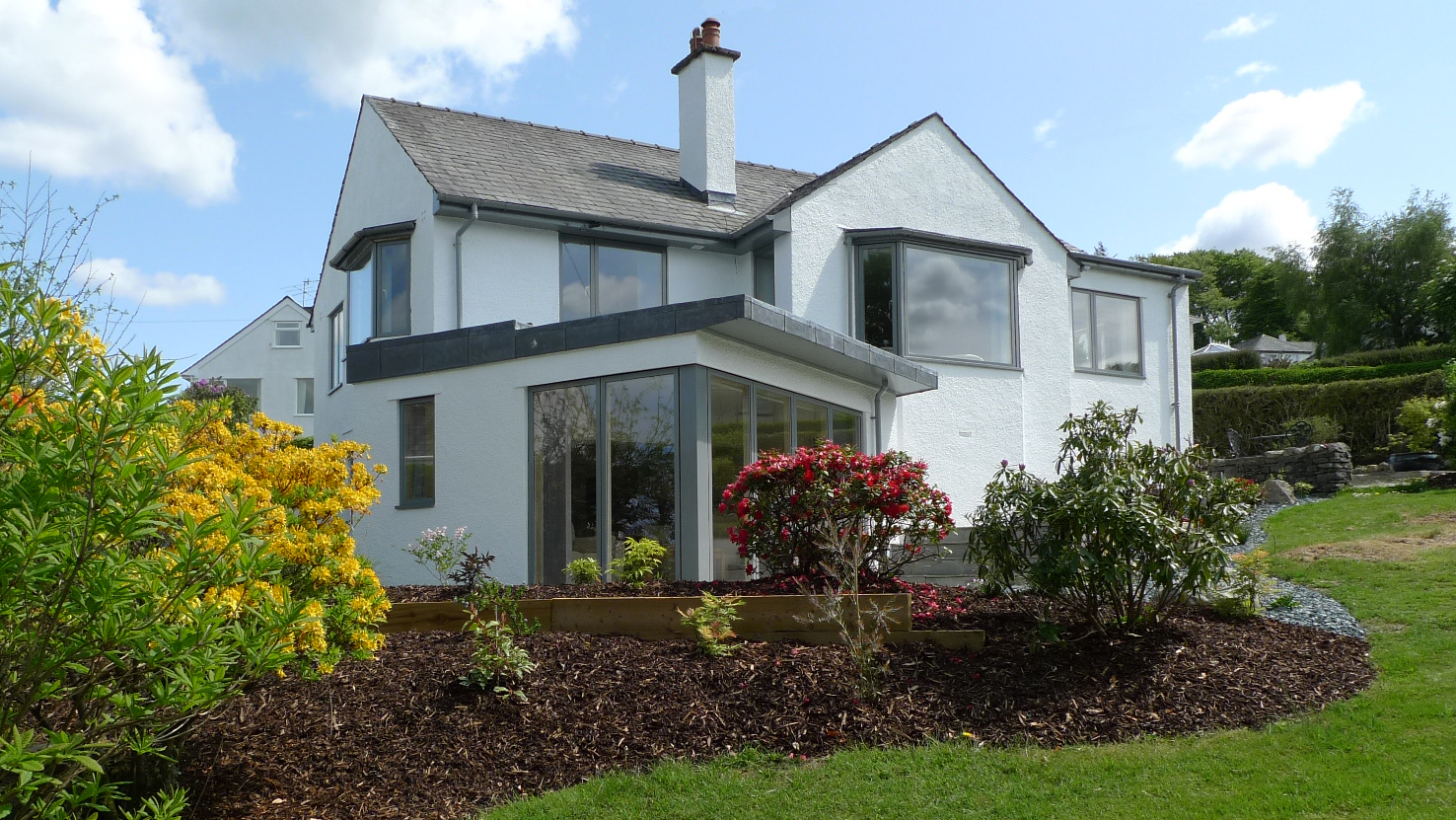
This section of the code relates to house extensions and other development within the curtilage of a house. House Extensions and Alterations
Image credit: Miller Clear Architects
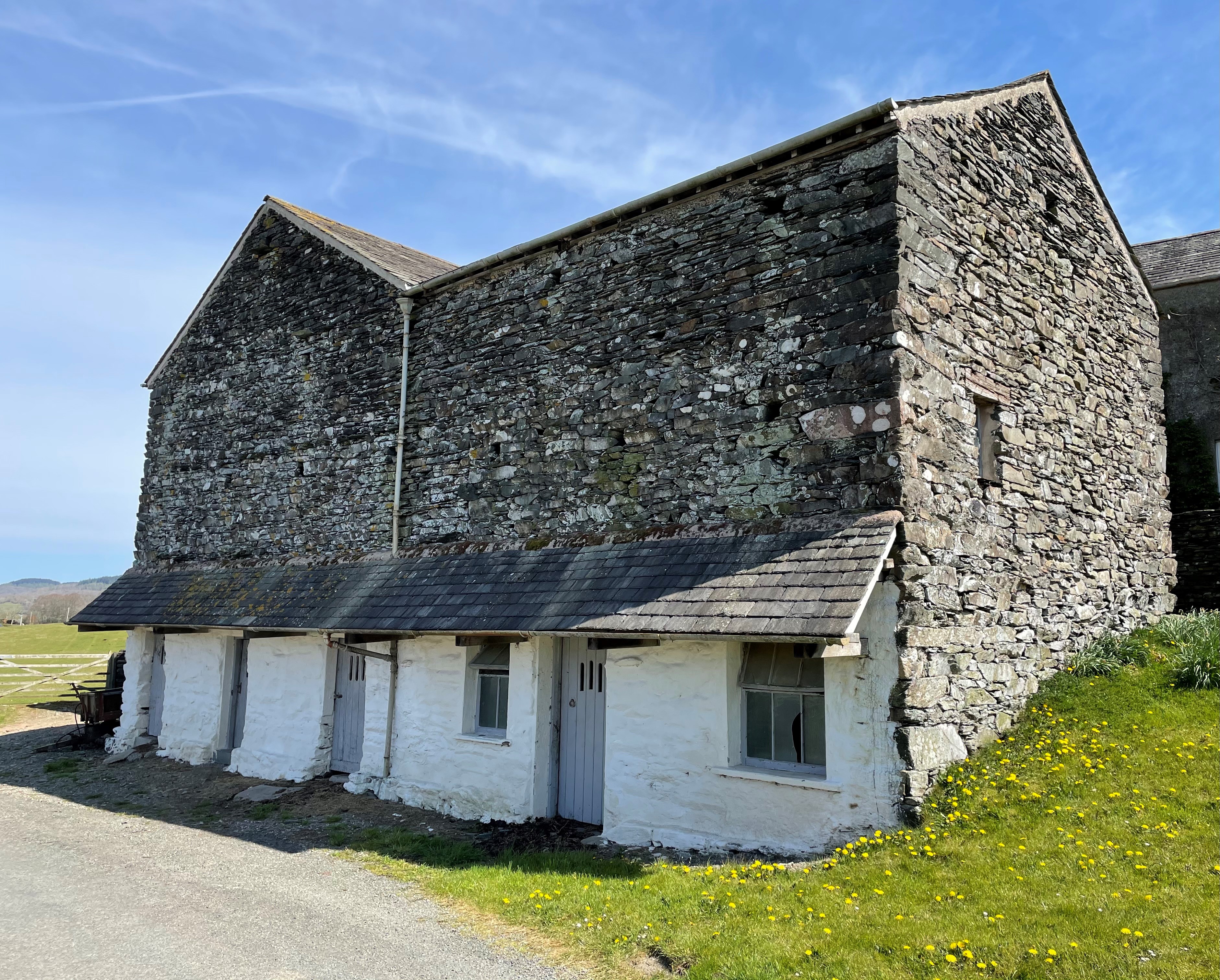
This section of the code covers the conversion of existing buildings to residential use. Conversions
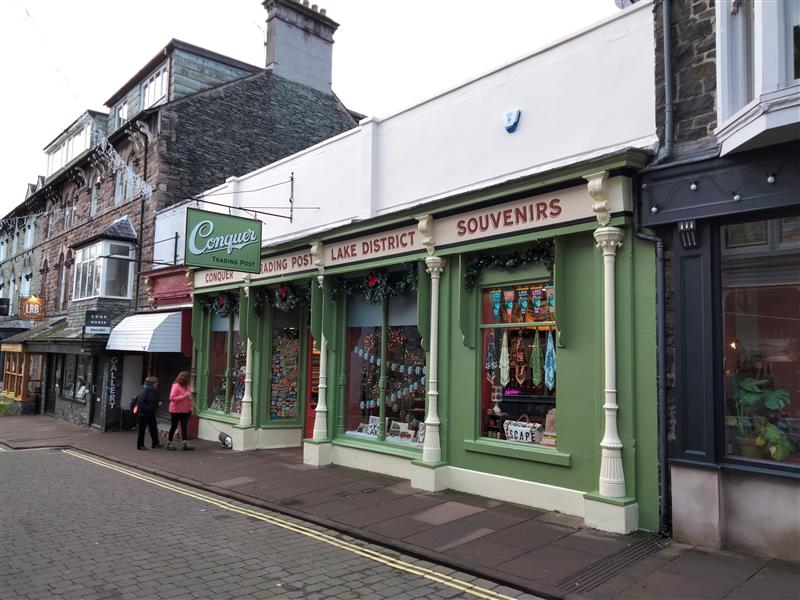
This section of the code covers new and replacement shopfronts and alterations to shopfronts. Shopfronts
The Design Code covers the entire Lake District National Park and is applied to planning applications across the Lake District. Understanding context and character applies to all development proposals and is fundamental in ensuring new development is inspired by and contributes to local distinctiveness. It is also a useful reference point for development which falls under permitted development rights. Detailed design codes have been developed specifically for the four most common types of planning application submitted to the Authority. These are small residential developments (up to 25 units), householder extensions and the conversion of existing buildings to residential use and shopfronts.
The code asks users to specify whether they want to:
Familiarise yourself with the checklist for your development type in order to understand the requirements for your development proposal.
The content of this section is tailored to the type of development proposed and the validation requirements for that type of planning application.
All forms of development, need to be informed by a study of the site context and the historic environment, including any heritage assets. The scope and scale of the study should be proportionate to the type and scale of the proposed development. More about the context and character is available in the accompanying supporting information. The supporting information also signposts the code user to important information, including guidance and policy that is outside of the design code.
The Design Code is structured so users are signposted to the sections of the code that apply to their proposed development. The code sets out what a design is to achieve and how. The code has been kept as brief as possible, so it reads as a clear set of requirements for new development to achieve.
The checklist is used to remind users of the code what aspects of design apply to their proposal. The same checklist will be used by the planning officer who assesses your application. The checklist is therefore a useful tool for applicants to make sure development proposals are compliant with our policies and this code.
The glossary provides definitions and explanations of terms used in the Design Code.
The Design Code provides clarity about what is meant by high quality locally distinctive design, in the context of Local Plan Policy 05 Protecting the Spectacular Landscape, Policy 06 Design and Development and Policy 07 Historic Environment.
The design of new development is more than how it looks: the size of buildings, and their materials, style and detailing. Design extends to how new development interacts with the landscape, nature, climate, hydrology and the historic environment, and how well it functions day to day: is it fit for purpose, well connected, safe, attractive and accessible? Will it reduce carbon emissions and adapt to a changing climate, while increasing biodiversity and access to nature?
The national and local planning policies that seek high quality design in new development mean ‘design’ in this broad sense rather than simply the appearance of new development. The National Design Guide identifies ten characteristics of good design.
The Design Code is a Supplementary Planning Document (SPD) supporting the implementation of the Local Plan. This status means the code will be a material consideration in determining planning applications.
Detailed design codes have been developed specifically for the four most common types of planning application submitted to the Authority. These are small residential developments (up to 25 units), householder extensions, the conversion of existing buildings to residential use and shopfronts.
The vision for the Lake District Design Code is:
“Maintaining the strong tradition of buildings which respond to and are inspired by the internationally important landscape and historic environment of the Lake District; new development will enhance local distinctiveness, sense of place and respond to the climate emergency and biodiversity challenges of today.”
Good design does not have to cost more. The Design Code supports the economic viability of commissioning, purchasing and occupying new development by:
Each of these inherently increases the economic value of development. Rather than the focus on the very short-term costs of construction, the Design Code advocates the whole life cost of development being the key driver of design. The whole life cost of development encompasses its construction, occupation and adaptation for reuse (or demolition / disposal) of the development. The short-term construction costs ignore costs such as:
To give an example, imported slate may appear to offer an initial cost saving, but it is unlikely to last as long, may not weather in the same way as local slate and may result in more wastage when laying than local slate.
The whole life approach encourages a longer view to maximise energy efficiency, reduce carbon emissions long term and reduce resource use. The whole life approach also supports the local circular economy, through adapting and reusing buildings and materials in the future.
The code also seeks to avoid the need for future costly, large scale, or emergency interventions by requiring each new development to play its part in supporting flood prevention though sustainable drainage, reducing energy consumption and achieving biodiversity net gain. These small incremental improvements are collectively far less costly to society than, for example, responding to repeat flooding or building more power plants.
Supporting development which reinforces the local character of the Lake District helps protect its historic environment. The historic environment is of enormous cultural, social, economic and environmental value to the Lake District and one of the special qualities contributing to the Outstanding Universal Value of the World Heritage Site. It attracts thousands of visitors and tourists to the area each year and is a primary driver behind the economic growth of the region.
The Lake District National Park Authority was successful in securing a place on the Department for Levelling Up, Housing and Communities (DLUHC) Design Code Pathfinder Programme. This new programme's aimed to empower communities to have their say on the development of new homes, buildings and amenities.
To produce the code we used the Place Check online web-based map to gather feedback from our communities about the design features they love in the Lake District. See the comments here.
During the 12 month programme we used the National Model Design Code (NMDC) to consider the design principles for new developments, such as street character, building type and façade as well as the environment, sustainability and heritage factors.
We followed the DLUHC coding process including the consideration of area types. Much consideration was given to creating area types whilst preparing the Design Code, including the National Model Design Code area types, national character areas, historic landscape character areas, Lake District Landscape Character Areas, World Heritage Site Valleys of the Lake District. However, the unique geography of the Lake District National Park means that the vast majority of the 912 square miles of the National Park would be classed as “rural” with small pockets identified as “villages or local centres”. Within such a vast area there are considerable differences in landscape character as identified by the 71 ‘areas of distinctive character’ in the Lake District’s Landscape Character Assessment. As the focus of our Design Code is primarily on small scale development compared to other parts of the country in order to deliver our housing allocations in the Local Plan and small-scale applications, such as single houses, extensions and conversions we concluded that the Landscape Character Assessment needs to form part of the context and character section of the Code rather than identifying a set of area types.
The natural environment and cultural values of the Lake District will continue to inspire innovation and creativity in the design of buildings and places. Designers will find new and original responses to the Lake District’s internationally significant landscape, and this is encouraged by Local Plan Policy 06 Design and Development. The Design Code does not constrain or prevent the addition of further layers of interest and variety to the towns, villages and countryside of the Lake District. It requires all designers to understand the site and its context, including the historic environment. This should inspire innovative and creative architecture and landscape design, using natural local materials, to reflect local distinctiveness.
In most cases however, the aim of the designer is simply to ensure development is both functional and attractive, rather than innovative or cutting edge. These developments make up the majority of planning applications. The Design Code will ensure that the design of all new development reinforces the local character of the Lake District by providing a consistent method of assessing design quality.
The Design Code provides clarity about what is meant by high quality locally distinctive design, in the context of Local Plan Policy 05 Protecting the Spectacular Landscape, Policy 06 Design and Development and Policy 07 Historic Environment.
The design of new development is more than how it looks: the size of buildings, and their materials, style and detailing. Design extends to how new development interacts with the landscape, nature, climate, hydrology and the historic environment, and how well it functions day to day: is it fit for purpose, well connected, safe, attractive and accessible? Will it reduce carbon emissions and adapt to a changing climate, while increasing biodiversity and access to nature?
The national and local planning policies that seek high quality design in new development mean ‘design’ in this broad sense rather than simply the appearance of new development. The National Design Guide identifies ten characteristics of good design.
Developments that adopt the principles of this design code will be more sustainable. This design code explains how developments can incorporate energy efficiency measures, reuse building materials and improve biodiversity, to reduce carbon emissions and resource use. The scope and level of detail in the Design Code of has been informed by the National Design Guide and the National Model Design Code both of which provide a framework for creating healthy, safe, green environmentally responsive, sustainable and distinctive places.
Planning advice can be found on the planning advice pages of the Lake District National Park Authority website. Additional Lake District National Park Authority Planning Guides provide guidance notes to help with your development proposal. The National Model Design Code reflects the government’s priorities for good design and provides a common overarching framework for design. The National Design Guide (2019) also forms part of the government’s planning guidance and illustrates how well-designed places can be achieved in practice.
The Lake District National Park Authority was successful in securing a place on the Department for Levelling Up, Housing and Communities (DLUHC) Design Code Pathfinder Programme. This new programme's aimed to empower communities to have their say on the development of new homes, buildings and amenities.
To produce the code we used the Place Check online web-based map to gather feedback from our communities about the design features they love in the Lake District. See the comments here.
During the 12 month programme we used the National Model Design Code (NMDC) to consider the design principles for new developments, such as street character, building type and façade as well as the environment, sustainability and heritage factors.
We followed the DLUHC coding process including the consideration of area types. Much consideration was given to creating area types whilst preparing the Design Code, including the National Model Design Code area types, national character areas, historic landscape character areas, Lake District Landscape Character Areas, World Heritage Site Valleys of the Lake District. However, the unique geography of the Lake District National Park means that the vast majority of the 912 square miles of the National Park would be classed as “rural” with small pockets identified as “villages or local centres”. Within such a vast area there are considerable differences in landscape character as identified by the 71 ‘areas of distinctive character’ in the Lake District’s Landscape Character Assessment. As the focus of our Design Code is primarily on small scale development compared to other parts of the country in order to deliver our housing allocations in the Local Plan and small-scale applications, such as single houses, extensions and conversions we concluded that the Landscape Character Assessment needs to form part of the context and character section of the Code rather than identifying a set of area types.